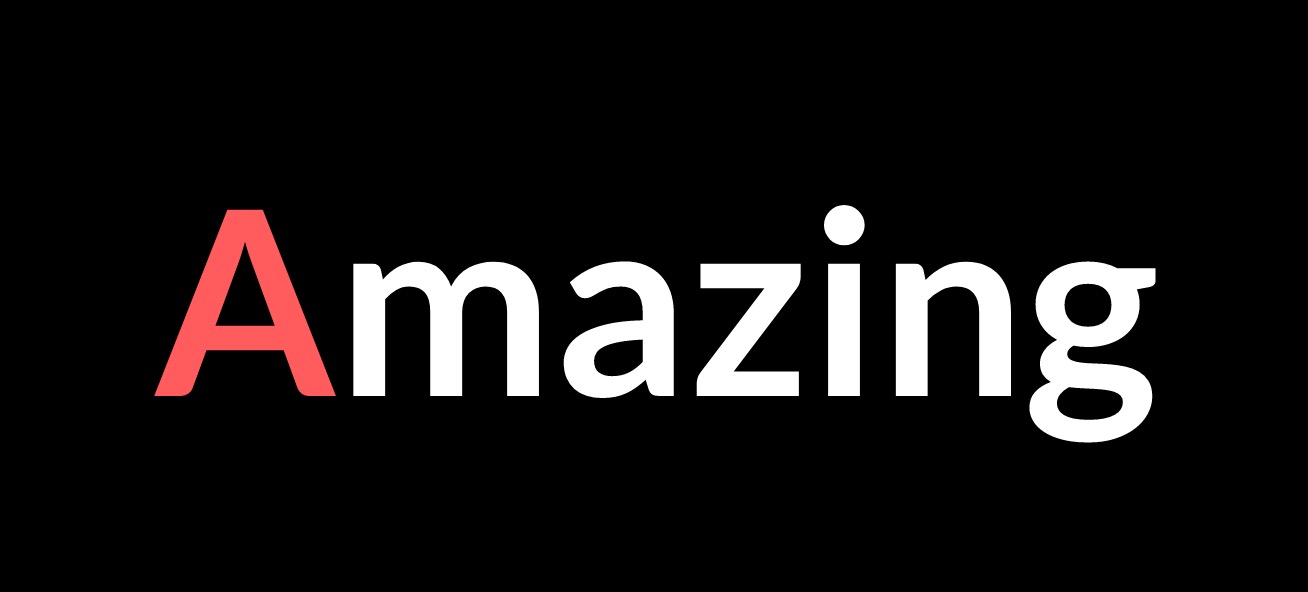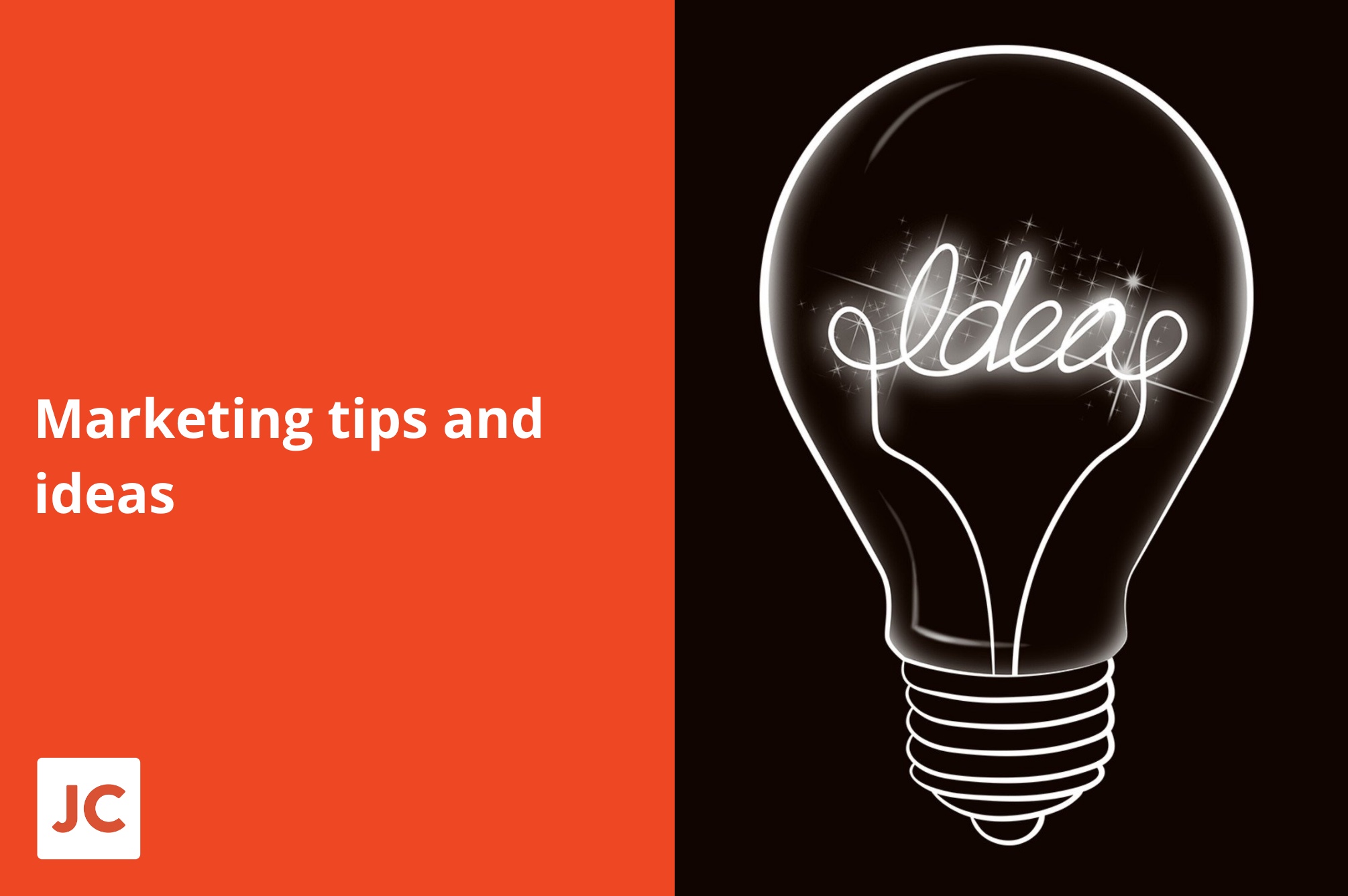I’d like to share a short, easy to understand, yet extremely valuable idea with you today. It’s all about attracting high quality leads on a very regular basis.
I was prompted to write this, after some emails I received this morning. As usual, a number of them contained a version of the following statement: I feel like I already know you. These emails were from people I’ve never met. In each case, they were referring to knowing me via the ideas I share, either on my blog or the email version of the blog.
Why am I telling you this?
What this means for you and your business
Now imagine that instead of me receiving those highly targeted, premium quality leads, it was YOU.
You received them. With more tomorrow, the next day and the next. More leads than you need. And all from people who feel like they know you. People who know your work. People whose attention you have. People who already trust you. (Think about that for a moment).
This opportunity is open to you. Wide open. It requires a couple of things.
- You’ll need to generously, regularly share valuable information. Information so useful, that people will eagerly want to receive it and share it.
- You’ll need to accept that no matter how great your information is, very few people will take notice at the beginning. Which is fine. Because all you need are your first 10 people. They’ll share your stuff with 10 like-minded friends. Now you’re at 100, which becomes 1000 or 10000 or 100000. If you stick with it.
That second part is where most people fail.
They invest time and effort for weeks, sometimes months, and see little audience growth. They get demotivated. Then quit. Largely because they have been given incorrect expectations of how growing an audience actually works. Despite what many content marketing gurus say, building a valuable audience takes time. It requires patience and commitment.
Focus on the 10
The key is to focus ONLY on earning the attention and trust of those first 10 people. Turn up regularly and give them your best ideas (not sales pitches or advertisements). As long as the information you share is useful enough and you turn up regularly enough, your audience will grow. And the growth accelerates as more people subscribe. When I started my blog, it took me an age to get my first 100 readers. Today, I can get that many in 24 hours. So, stick with it.
I hope you found this information useful. But more importantly, I hope it inspires you to build an extremely valuable community.



















